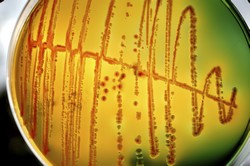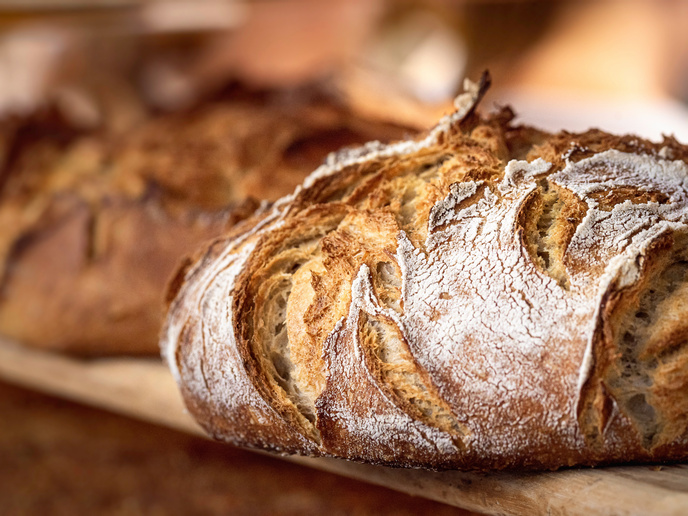Enzyme dynamics in bacteria
Cellular metabolism takes place in a complex and dynamic environment in which enzymes perform under crowded conditions, low water activity and relatively constant regulated pH. The EU-funded NICHE (Network for integrated cellular homeostasis) project investigated homeostatic mechanisms that control the volume, internal pH and ion concentrations of the cell. Researchers used super-resolution optical microscopy with photochemical switching and fast maturation as well as single-molecule tracking to probe the traffic of molecules. They employed fluorescent proteins with high photostability and high molecular brightness for efficient tracking measurements. Predictive modelling techniques are of paramount importance, and NICHE developed techniques to predict the effects of stress on transcription and translation of different gene groups. For this, the scientists determined the cell-wide level of transfer RNA and its changes. The researchers also developed novel optimisation-based techniques. These created a more efficient model building loop, from model inference to optimal experimental design and parameter estimation. Analysis of regulatory interactions involving potassium may provide tools for the homeostasis disruption in pathogens. NICHE researchers applied their novel model development methods to potassium homeostasis in Escherichia coli ligand binding. Creation of several mutants by the project helped to boost understanding of ligand binding. Finally, the project partners carried out construction of a comprehensive tumour growth model. A mathematical model of tumour growth incorporated various populations of tumour and stromal cells in different points of the cell cycle and spatial effects of nutrients and drugs. The tumour growth model has been expanded from a single tumour mass surrounded by vasculature to clusters of tumour cells. A photometric method to measure tumour volume in animal systems has demonstrated the feasibility of a 3D infrared time-of-flight camera. In conclusion, this training programme contributed to understanding of cytoplasmic homeostasis, its individual components and whole pathways. NICHE methods and data help to manipulate the productivity of the cell and engineer new, tailored activities in the cell for industrial needs.







